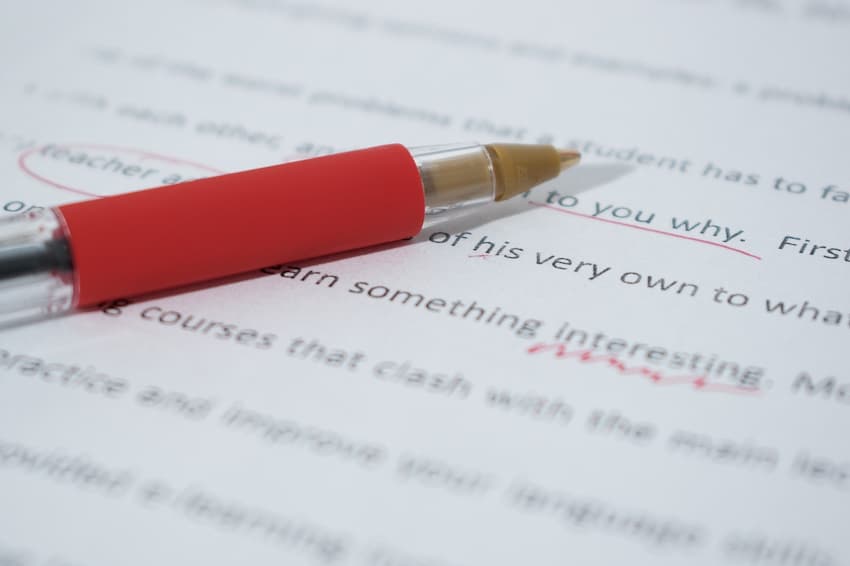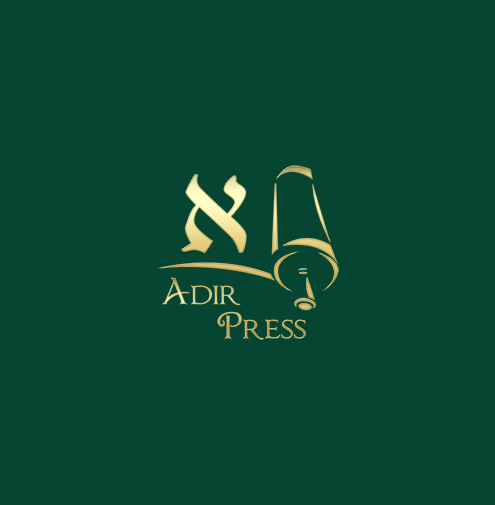Proofreading & Copyediting
An eye for detail and an excellent understanding of language are essential for proofreading, and at Adir Press, our experienced proofreaders are careful to cross every ‘t’ and dot every ‘i’, adding consistency to grammar and syntax.
Since we’re often asked what proofreading is and how is it different than copyediting, we thought we’d write something up for you to educate yourself. That doesn’t mean you shouldn’t get in touch to discuss this in person, we’d love to have a chat about this and how we can apply it to your manuscript.
What is proofreading?
Proofreading is the process of carefully reviewing a document to ensure that it is free of errors in grammar, punctuation, spelling, and formatting. It is typically done after the manuscript is edited. This step is crucial as it ensures that the document is polished and professional, free of any errors that may detract from its overall quality.
Why can’t the author proofread their own work?
Proofreading can be done by the author of the document, but it is often recommended to have a second set of eyes to proofread the document as well. This is because the author may have become too familiar with the text and may not see certain errors that a fresh pair of eyes would easily spot. Additionally, there are so many rules that only someone who is up-to-date with the ever-changing guidelines is suitably equipped to proofread their book to the professional degree that Adir Press aims for (although this is more relevant to copyediting which we’ll speak about soon).
What is copyediting?
Copyediting, is a broader term that encompasses proofreading, but also includes checking for consistency, clarity, and accuracy of the text. It may also involve rephrasing sentences or paragraphs to improve readability or make the text conform to a specific style guide. At Adir Press, for instance, we conform to the Chicago Manual of Style Guide together with Webster’s Dictionary when working on our manuscripts. This is the standard among the frum publishing companies, although each one has slightly different in-house rules, especially when dealing with the complexities of transliteration.
Copyediting is an important step in the editing process as it ensures that the text is clear, consistent and accurate. This step is important for ensuring that the document is professional and polished, and that it is written in a way that is easy to understand for the intended audience.
What if I want to spell things in a different way? Like, using a Sefardi havarah?
At Adir Press, we aim to make a fine balance between professionalism and making the customer happy. In 99.999% cases, there is no contradiction between the two. For instance, although the standard havarah we use is Ashkenazi, and we can explain in person why that is, for specific needs we are happy to use a different havarah. On the other hand, if an author wants to use a silent “p” before the word “tefillah” to take an extreme example, then we’ll have to gently explain why that wouldn’t work. At the end of the day, we’re working together for the same goal. When that is the case, there’s almost never going to be an issue. And, in fact, at the time of writing this (with over a decade experience at Adir Press) there has never been a single instance when the author or the publisher was “forced” to include or exclude something that they didn’t agree to.
So, will my manuscript be perfect without a single mistake?
We’ll certainly try, but the Vilna Ga’on was already quoted as saying that every book that wasn’t written with ruach hakodesh will contain mistakes – just like there’s no wheat without chaff, there’s no sefer without an error. We go over the manuscript very carefully. In almost every case there’s a few different people looking over the manuscript. We also use a variety of electronic tools to help spot mistakes and inconsistencies. But, things can be misssed. Proofreaders are human. Artificial Intelligence isn’t so intelligent. We try our best and, baruch Hashem, we have a team with a terrific great track record.
We hope that helps you understand a bit more about the proofreading and copyediting process, and the difference between them.
If you have a manuscript to send us, click here.


